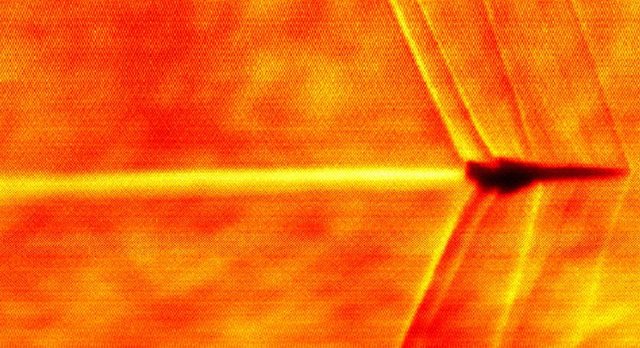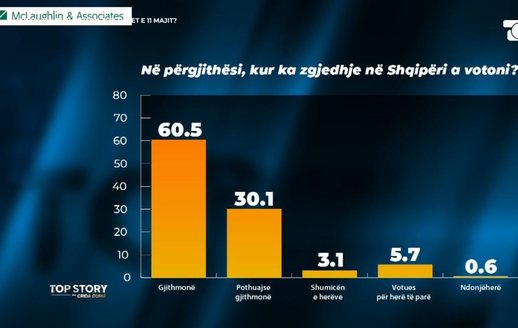
Supersonic plane breaks the sound barrier, see NASA photo that captured the moment


This is the moment Boom Supersonic's XB-1 supersonic jet broke the sound barrier during a flight over the Mojave Desert on February 10. The moment was captured in a photo by NASA.
“We did it.” During the XB-1’s second supersonic flight, we worked with @NASA to capture this Schlieren image of the XB-1 crashing into the air at supersonic speeds. Here’s the shot, which was recorded by NASA teams on the ground. It captures the change in air density around the XB-1 and the resulting shock wave – making the invisible visible,” the company says. Boom Supersonic founder and CEO Blake Scholl said the image makes the invisible visible.
The image was taken using Schlieren photography technology, which is used to capture the airflow around objects moving at high speeds, such as supersonic aircraft. The technology works by detecting changes in air density caused by shock waves and thermal expansion.
To take the photo, Boom had to precisely plot the plane's path, but also make sure it was flying in front of the sun at the moment the photo was taken. In collaboration with NASA, specific points were formed where the XB-1 would fly and ground-based telescopes with special filters were placed to detect air distortions.
NASA teams collected data on the XB-1's acoustic footprint at one location along its flight path. According to Boom's analysis, no sonic boom reached the ground because the plane was flying at supersonic speeds.
“We also confirmed that the XB-1 did not have a sonic boom, which paves the way for coast-to-coast flights up to 50% faster,” Scholl said.
The goal is the return of commercial supersonic travel.
The record was made on the second supersonic test flight of the XB-1. On its maiden flight, on January 29, 2025, Boom became the first company to fly a U.S.-made supersonic civilian aircraft.
Boom Supersonic, a Denver-based aerospace company, is seeking to bring back commercial supersonic travel. Its planes currently travel at speeds of about 750 miles per hour.
The company's goal is to reach Mach 1.7, or 1,300 miles per hour, and create a successor to Concorde, but with more advanced technology, lower operating costs and greater efficiency.

Scandal erupts: Poll against SPAK intercepted!
ideas

Don't make fun of Berisha's old age, but of his dream of becoming a groom again.


We will finally vote!
top
Alfa recipes
TRENDING 
services
- POLICE129
- STREET POLICE126
- AMBULANCE112
- FIREFIGHTER128























